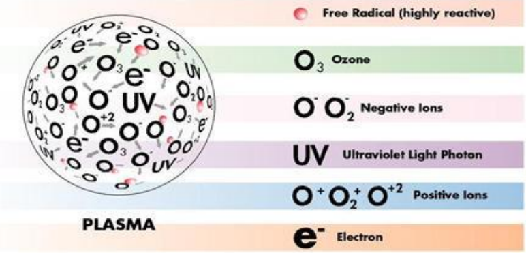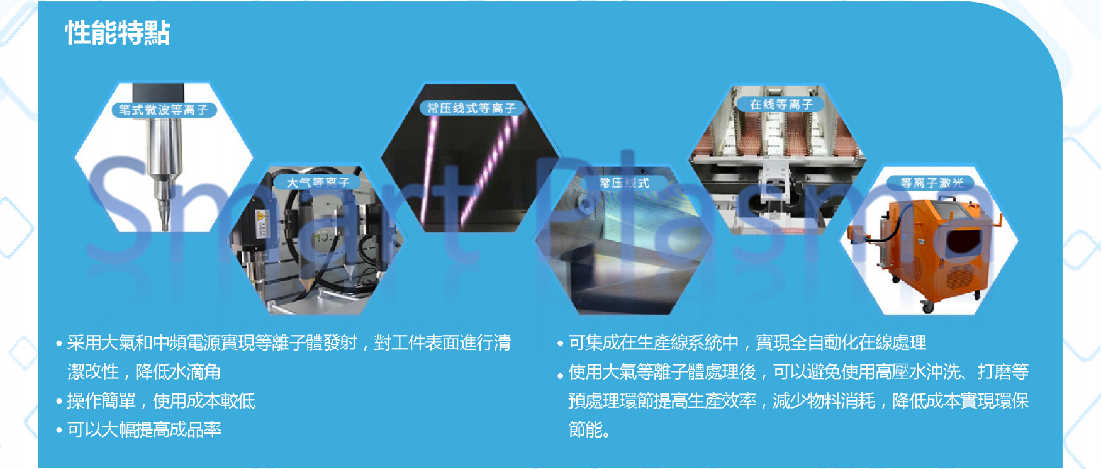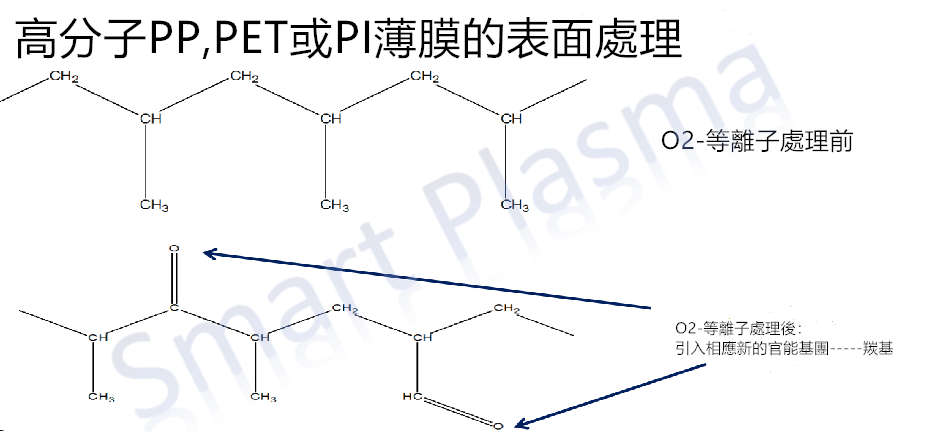
Yangzhou Guoxing Technology will explain the secrets related to the plasma industry for you. Guoxing Technology will mainly explain to you professionally from the following four points. I hope to take you into the plasma industry and let you understand the plasma industry: 1. What is plasma? Plasma is the fourth state of matter, that is, ionized "gas". It presents a highly excited and unstable state. The following substances are present in the plasma: ① Electrons in a state of high-speed motion; ② Neutral atoms, molecules, and atomic groups (radicals) in the activated state; ③ Ultraviolet rays generated during the molecular dissociation reaction; ④ Ionized atoms and molecules; ⑤ Unreacted molecules, atoms, etc. However, the substance remains electrically neutral as a whole.

2. How to obtain plasma? We know that adding energy to a solid state can make it into a liquid state, and adding energy to a liquid state can make it into a gas state. Then, adding energy to the gas state can make it into a plasma state. Therefore, the plasma state is a state of matter produced by the glow discharge of a gas in a certain environment.

3. What are the types of plasma? A. Atmospheric pressure plasma The gas is at atmospheric pressure and obtains a large amount of energy from the outside. The resulting plasma is called atmospheric pressure plasma. It has the characteristics of high temperature, high strength, and strong destructiveness. B. Low-pressure plasma The plasma generated in the case of low-pressure gas is called low-pressure plasma.

4. What are the main applications of low-pressure plasma technology? A. Cleaning/etching When cleaning, the working gas is often oxygen, argon or other mixed gases. After it is bombarded by accelerated electrons into oxygen ions and free radicals, it is extremely oxidative. The dirt on the surface of the workpiece, such as grease, flux, photosensitive glue, release agent, punching oil, etc., will soon be oxidized into carbon dioxide, water or other impurity gases, which will be pumped away by the vacuum pump to clean the surface and improve Wetting and bonding purposes. B. Surface activation The surface of the object can change the molecular structure of the surface layer under the action of 02, N2 or Ar plasma, thereby increasing the surface energy of the object. C. Introduce functional groups (hydrophilic/hydrophobic treatment) Plasma treatment of polymer materials with N2, NH3, 02, SO2 and other gases can change the chemical composition of the surface and introduce corresponding new functional groups: -NH2, -OH, -COOH, -S03H, etc. These functional groups can make polyethylene, polypropylene, polystyrene, polytetrafluoroethylene and other completely inert substrates into functional group materials, which can improve surface polarity, wettability, bondability, reactivity, and greatly improve It has its use value. Contrary to oxygen plasma, low-temperature plasma treatment with fluorine-containing gas can introduce fluorine atoms on the surface of the substrate to make the substrate hydrophobic.

Tags:



Consult now